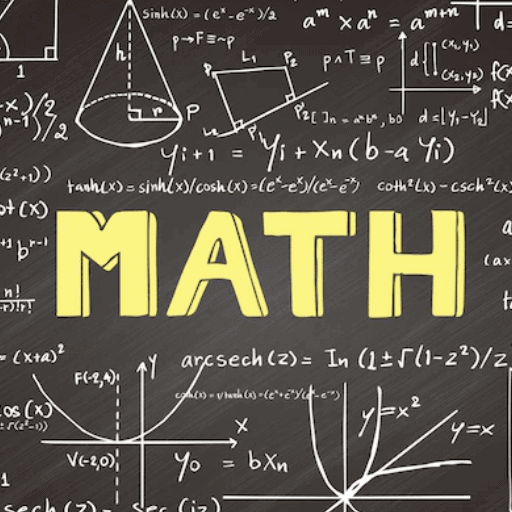Qualitative & Quantitative Data - Data Interpretation Notes
Introduction
Quantitative research is useful in order to gain an understanding of the underlying opinions, motivations, and reasons. It gives insights into the problems. Also, quantitative research helps to develop the ideas and hypothesis.
Whereas qualitative research is also useful in uncovering the trends, ideas and opinions, and gives deeper insights into the problem.

Definition
Qualitative Research: Qualitative research is used to gain an understanding of human behaviour, intentions, attitudes, experience, etc., based on the observation and the interpretation of the people. It is an unstructured and exploratory technique that deals with the highly complex phenomena which are not possible. This kind of research is usually done to understand the topic in-depth. It is carried out by taking the interview with the open-ended questions, observations which are described in words, and so on.
Characteristics:
- Descriptive, non-numerical
- Subjective in nature
- Cannot be analyzed statistically (but can be categorized)
- Often used for understanding perceptions, opinions, and behaviors
Examples:
- Hair color (e.g., black, brown, blonde)
- Customer feedback (e.g., "excellent service," "poor experience")
- Types of cuisine preferred (e.g., Italian, Chinese, Indian)
- Brand loyalty (e.g., Apple vs. Samsung users)
Types of Qualitative Data:
- Nominal Data – Categories with no inherent order (e.g., gender, eye color)
- Ordinal Data – Categories with a meaningful order but no precise measurement (e.g., satisfaction levels: "very satisfied," "neutral," "very dissatisfied")
Quantitative Research:Quantitative research method relies on the methods of natural sciences, that develops hard facts and numerical data. it establishes the cause and effect relationship between two variables using different statistical, computational, and statistical methods. As the results are accurately and precisely measured, this research method is also termed as “Empirical Research”. This type of research is generally used to establish the generalised facts about the particular topic. This type of research is usually done by using surveys, experiments, and so on.
Characteristics:
- Expressed in numbers
- Can be counted or measured
- Can be analyzed statistically
- Often used for objective analysis
Examples:
- Height of students in a class (e.g., 5'7", 6'0")
- Number of cars sold in a month (e.g., 150 cars)
- Temperature readings (e.g., 25°C, 30°C)
- Exam scores (e.g., 85%, 92%)
Types of Quantitative Data:
- Discrete Data – Whole numbers (e.g., number of students in a class)
- Continuous Data – Can take any value within a range (e.g., weight, height, temperature)

Differences Between Qualitative and Quantitative Research
Quantitative research is a more methodical approach to solving problems by generating and using data, this method is much more methodical in solving. This form of research is used in quantifying data and variables into concrete data. 
The surveys used in the Quantitative Research includes online surveys, paper surveys and other forms of survey used to complete the research.
|
17 videos|20 docs|18 tests
|
FAQs on Qualitative & Quantitative Data - Data Interpretation Notes
| 1. What is the difference between qualitative and quantitative data? |  |
| 2. How can qualitative data be analyzed effectively? |  |
| 3. Why is quantitative data important in research? |  |
| 4. What are some common methods for collecting qualitative data? |  |
| 5. How do qualitative and quantitative data complement each other in research? |  |































